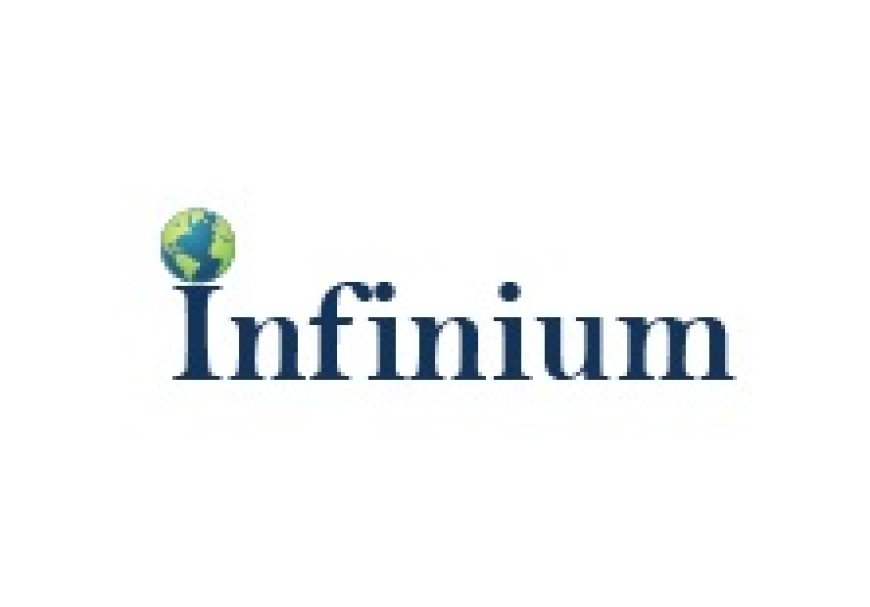Logistics Automation: Transformative Technology or Temporary Hype?
The logistics automation market has seen a significant surge in recent years, driven by advancements in technology and the increasing need for efficiency in supply chain management.

The logistics automation market has seen a significant surge in recent years, driven by advancements in technology and the increasing need for efficiency in supply chain management. Logistics automation involves the integration of technology to streamline logistics processes, reduce human intervention, and enhance operational efficiency. This market encompasses a wide range of solutions, including automated storage and retrieval systems, robotics, autonomous vehicles, and software for managing logistics operations. As businesses strive to meet the growing demands of e-commerce and global trade, the adoption of logistics automation solutions is becoming imperative. This report provides a comprehensive analysis of the market growth, dynamics, regional trends, segmentation, competitive landscape, and future outlook of the logistics automation market.
Market Dynamics
Drivers
Technological Advancements: The rapid development of technologies such as artificial intelligence, machine learning, and the Internet of Things (IoT) is driving the adoption of automation in logistics.
E-commerce Boom: The exponential growth of e-commerce has increased the demand for efficient and fast logistics solutions, propelling the need for automation.
Labor Shortages: The ongoing labor shortages in many regions are pushing companies to invest in automation to maintain operational efficiency and reduce reliance on manual labor.
Challenges
High Initial Costs: The high initial investment required for implementing automated systems can be a significant barrier for many companies, especially small and mid-sized enterprises.
Integration Issues: Integrating new automated systems with existing infrastructure and processes can be complex and time-consuming.
Cybersecurity Risks: The increasing reliance on digital systems in logistics automation raises concerns about cybersecurity threats and data breaches.
Opportunities
Innovation in Robotics: Advances in robotics technology present significant opportunities for the development of more sophisticated and efficient automated logistics solutions.
Expansion into Emerging Markets: Emerging markets present substantial growth opportunities for logistics automation due to increasing industrialization and the rise of e-commerce.
Sustainability Initiatives: The push for sustainability in supply chain operations is creating opportunities for the development of eco-friendly and energy-efficient automation solutions.
Sample Pages of Report: https://www.infiniumglobalresearch.com/form/1631?name=Sample
Regional Analysis
The logistics automation market exhibits varied growth patterns across different regions:
North America: The region is a significant market for logistics automation, driven by the presence of major technology companies and the rapid adoption of advanced logistics solutions. The United States, in particular, leads in technological innovation and implementation of automated systems.
Europe: Europe is another major market, with countries like Germany and the UK leading in the adoption of logistics automation. The region's focus on sustainability and efficiency in logistics operations is a key driver.
Asia-Pacific: The Asia-Pacific region is expected to witness the highest growth rate, fueled by the booming e-commerce sector, rapid industrialization, and increasing investments in automation technologies in countries like China, Japan, and India.
Latin America and Middle East & Africa: These regions are gradually adopting logistics automation, driven by improving economic conditions and the growth of the e-commerce sector.
Market Segmentation
The logistics automation market can be segmented based on:
Component: Hardware (robots, automated storage and retrieval systems, conveyor systems), Software (warehouse management systems, transportation management systems), Services.
Function: Warehouse and Storage Management, Transportation Management.
End-user: Retail and E-commerce, Manufacturing, Healthcare, Automotive, Food and Beverages, Others.
Competitive Landscape
The logistics automation market is characterized by a mix of large multinational corporations and smaller regional players.
Market Share of Large Players: Large players such as Siemens, Honeywell, and Dematic hold a significant share of the market, driven by their extensive product portfolios and strong market presence.
Price Control by Big Players: Major players often have the ability to influence market prices due to their economies of scale and extensive distribution networks.
Competition from Small and Mid-sized Companies: Smaller companies and startups are increasingly challenging large players by offering innovative and cost-effective solutions, particularly in niche segments and regional markets.
Key Players: Siemens AG, Honeywell International Inc., Dematic, KION Group, Daifuku Co., Ltd., Murata Machinery, Ltd., Swisslog Holding AG, TGW Logistics Group, Vanderlande Industries, and KNAPP AG.
Report Overview: https://www.infiniumglobalresearch.com/market-reports/global-logistics-automation-market
Future Outlook
New Product Development: The continuous development of new and innovative products is crucial for companies to stay competitive in the logistics automation market. Companies that invest in R&D to create advanced solutions are likely to gain a competitive edge and meet the evolving needs of their customers.
Sustainable Products: There is a growing demand for sustainable logistics automation solutions. Companies that focus on developing eco-friendly products and practices are likely to resonate well with environmentally conscious customers and strengthen their market position.
Conclusion
The logistics automation market is poised for significant growth, driven by technological advancements, the e-commerce boom, and the need for operational efficiency. While there are challenges to be addressed, such as high initial costs and cybersecurity risks, the opportunities presented by innovations in robotics, expansion into emerging markets, and sustainability initiatives offer substantial potential for market players. The competitive landscape is dynamic, with both large corporations and smaller companies vying for market share. Looking ahead, companies that prioritize new product development and sustainability are likely to thrive in this evolving market.












